17 Rare Animals Rediscovered After Years Of Hiding Around The World
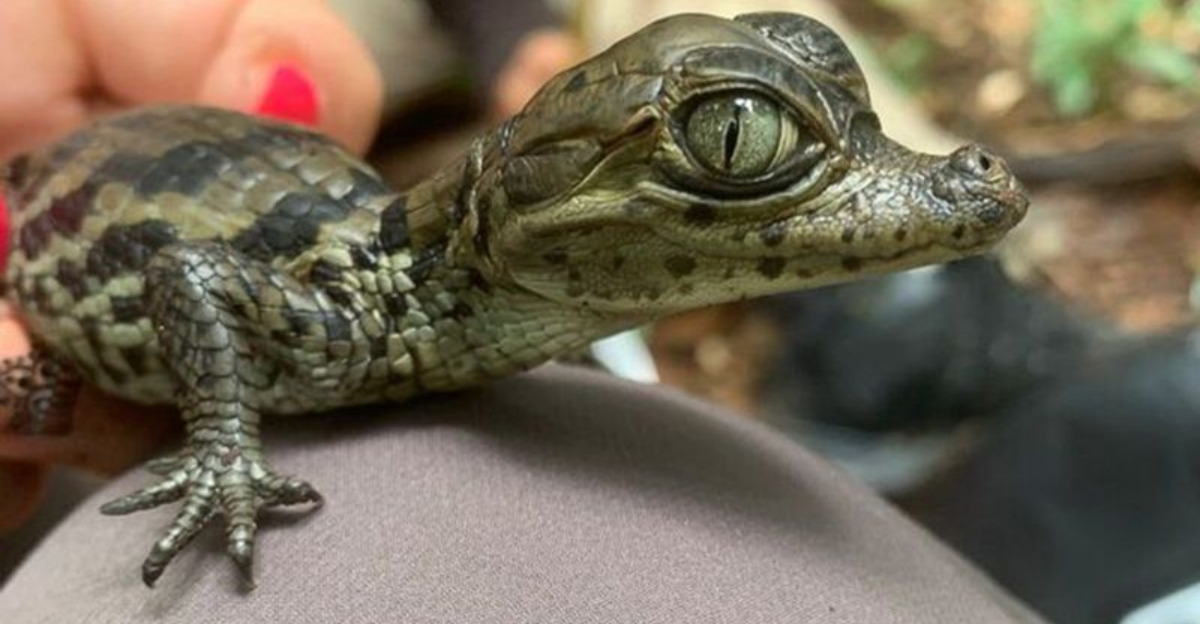
Have you ever wondered what it would be like to find an animal that was thought to be extinct? Around the world, nature has its way of surprising us by revealing creatures long considered lost.
These rare animals have managed to evade scientists and explorers alike, only to be rediscovered after years of hiding.
Each of these creatures has a unique story, and their rediscovery brings hope and excitement to wildlife enthusiasts and conservationists everywhere.
1. Coelacanth

Imagine a fish that first appeared over 400 million years ago. The Coelacanth was thought extinct until 1938 when it was found off South Africa. Its lobed fins hint at early land-dwelling ancestors.
This ‘living fossil’ has been swimming in the deep sea, far from human eyes. The Coelacanth’s rediscovery reshaped our understanding of evolution. What else might be hiding in the ocean’s depths?
2. Pygmy Tarsier
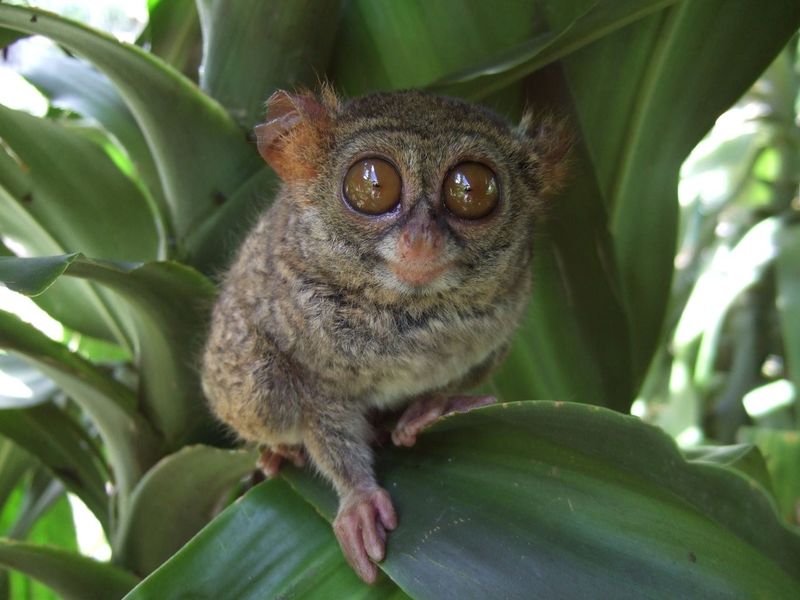
With eyes that seem to capture the entire universe, the Pygmy Tarsier vanished for 85 years. Rediscovered in 2008 in Indonesia, these tiny primates are known for their nocturnal antics.
Their long fingers and expressive eyes make them remarkable climbers. These little creatures, staying hidden in the dense forests, remind us there’s much left to explore.
Who knows what other secrets the rainforest holds?
3. La Palma Giant Lizard
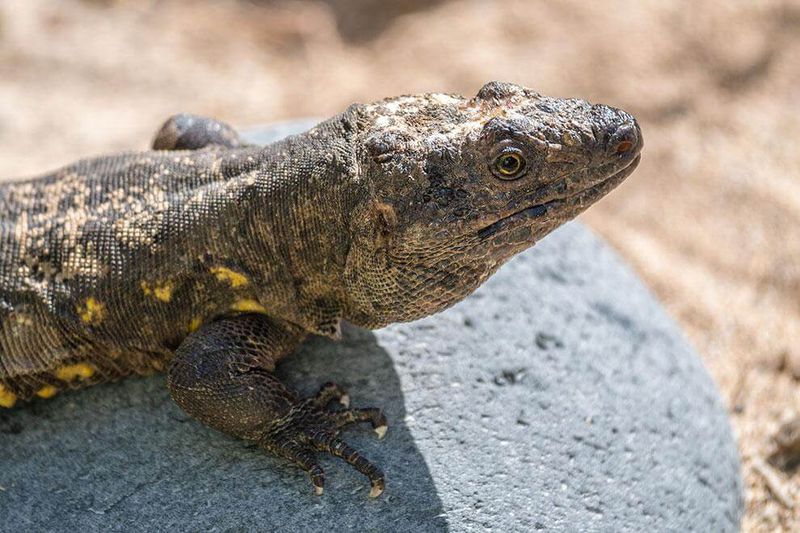
A lizard that seemed to escape the pages of history books, the La Palma Giant Lizard was sighted again in 2007. Once thought extinct, this Canary Islands resident boasts a robust body and striking patterns.
After decades in hiding, its return sparked joy among locals and scientists alike. This lizard’s tenacity is a testament to nature’s resilience. Can we ensure it thrives once more?
4. Cuban Solenodon
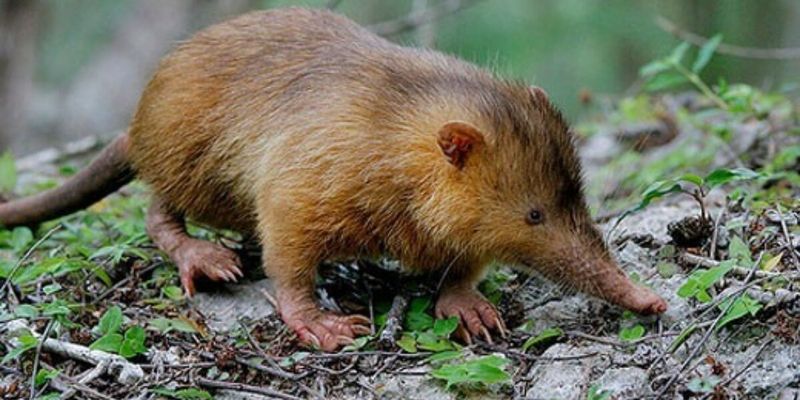
Think of a creature with a venomous bite and an ancient lineage. The Cuban Solenodon, missing for years, resurfaced in 2003. Its shrew-like appearance hides a fascinating evolutionary history.
Solenodons are one of the few mammals capable of producing venom, a trait as rare as the animal itself.
Rediscovering this elusive creature was like finding a living piece of the prehistoric world.
5. Lord Howe Island Stick Insect

Known as the ‘tree lobster,’ this insect is a marvel of survival. Once thought extinct, the Lord Howe Island Stick Insect was found clinging to life on a rocky outcrop in 2001.
Their formidable size and unique appearance make them an insect enthusiasts’ dream. The story of their survival against the odds is a beacon of hope.
6. Vietnamese Mouse Deer
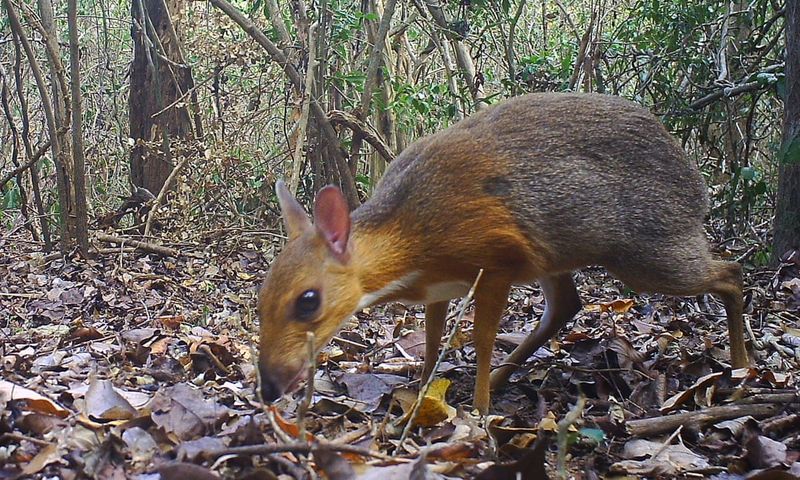
With a dainty appearance and mouse-like features, the Vietnamese Mouse Deer was a ghost until 2019. Not seen for nearly 30 years, this tiny creature was rediscovered in Vietnam.
Its minuscule frame and delicate legs are perfectly adapted for forest life. It’s an emblem of nature’s ability to hide in plain sight.
7. Omura’s Whale

A whale species that eluded recognition for decades, Omura’s Whale was officially identified in 2003. Its slender body and unique markings distinguish it from other whales.
Found in tropical waters, its elusive nature puzzled scientists. Omura’s Whale reminds us that the ocean holds mysteries that are yet to unfold.
8. Horned Marsupial Frog

With horns that give it a mythical look, the Horned Marsupial Frog was thought gone until 2008. Rediscovered in Ecuador, its vibrant skin and unusual reproductive habits intrigue scientists.
Unlike most frogs, it carries eggs in a pouch. This discovery highlights the rainforest’s role as a sanctuary for unique species.
9. Galápagos Tortoise
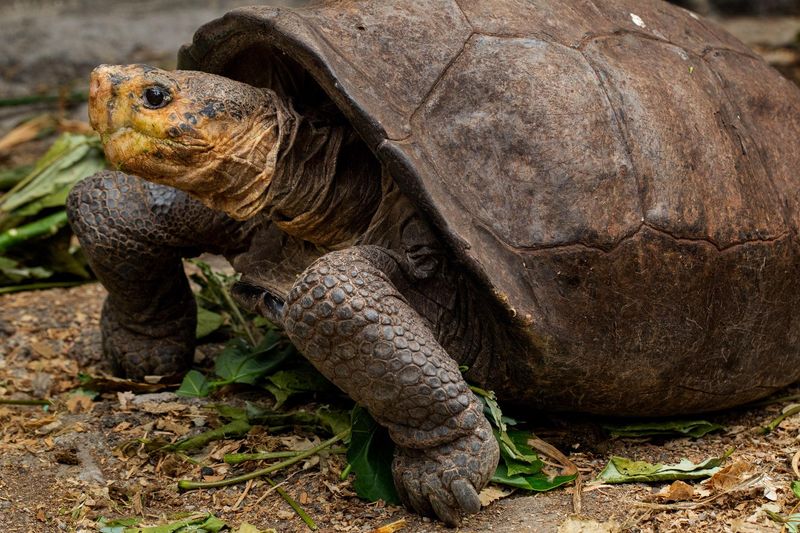
A living emblem of endurance, the Galápagos Tortoise saw a resurgence when a species thought extinct was found in 2019. These gentle giants can live over 100 years, embodying the slow and steady pace of life.
Their rediscovery on the Galápagos Islands ignited enthusiasm for conservation efforts. It’s a reminder that patience can lead to remarkable findings.
10. Caspian Horse

Once vanished from sight, the Caspian Horse emerged in the 1960s in Iran. Known for its grace and agility, this ancient breed dates back to the time of the Persian Empire.
Their rediscovery thrilled equestrian enthusiasts, who celebrated their history and contribution to horse genetics. This regal creature’s return was a nod to the rich tapestry of human-animal bonds.
11. New Guinea Singing Dog

Imagine a dog that sings rather than barks. The New Guinea Singing Dog, known for its harmonic howls, was rediscovered in the wild in 2016. Its unique vocalizations are a source of fascination.
These dogs, with their wild ancestors’ traits, prompt us to reconsider our understanding of canine evolution.
12. Rio Apaporis Caiman
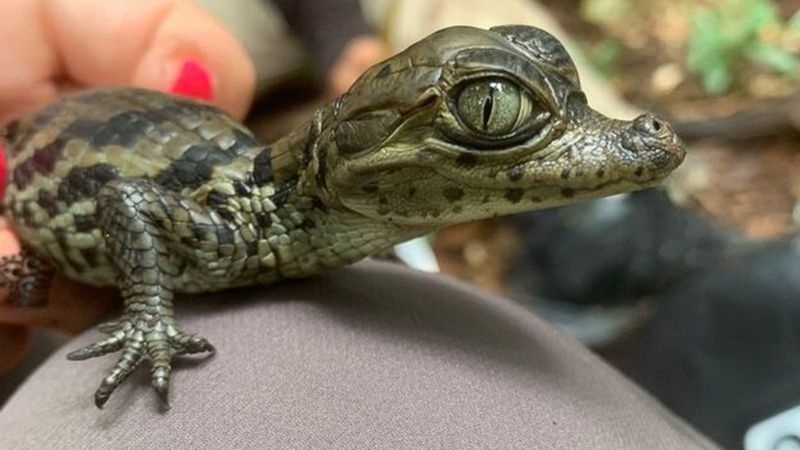
With eyes that pierce through the murky river waters, the Rio Apaporis Caiman was unseen for decades until its 2015 rediscovery.
This small caiman, endemic to Colombia, piques interest with its secretive lifestyle. Its presence serves as a reminder of the biodiversity nestled in South America’s waterways.
13. Terror Skink

Don’t let its name fool you—this skink is more curious than terrifying. The Terror Skink, known for its formidable appearance, was sighted again in New Caledonia in 2003.
Its rediscovery amazed herpetologists, intrigued by its predatory nature. This reptiles’ story is one of resilience and adaptation. Are there more mysterious reptiles waiting in the wild?
14. Cuban Ivory-Billed Woodpecker

The Cuban Ivory-billed Woodpecker, a symbol of wilderness, was presumed extinct but spotted again in 1986. With its distinctive call and vibrant plumage, it captures the essence of the Cuban forests.
This woodpecker’s return sparked debates about conservation priorities. Its existence is a beacon of hope for other presumed-extinct species.
15. Gooty Tarantula

A tarantula that could give peacocks a run for their money with its vivid blue hues, the Gooty Tarantula was rediscovered in India in 2001. Its striking appearance and rarity make it a prized find among arachnologists.
These vibrant spiders remind us of the colors hidden in nature’s palette.
16. Wallace’s Giant Bee

Meet the giant of the bee world. Wallace’s Giant Bee, with a wingspan rivaling some birds, was found again in 2019 in Indonesia. Known for its impressive size and industrious nature, it captivates entomologists.
Rediscovering this bee was like finding a living relic of natural history.
17. Javan Elephant
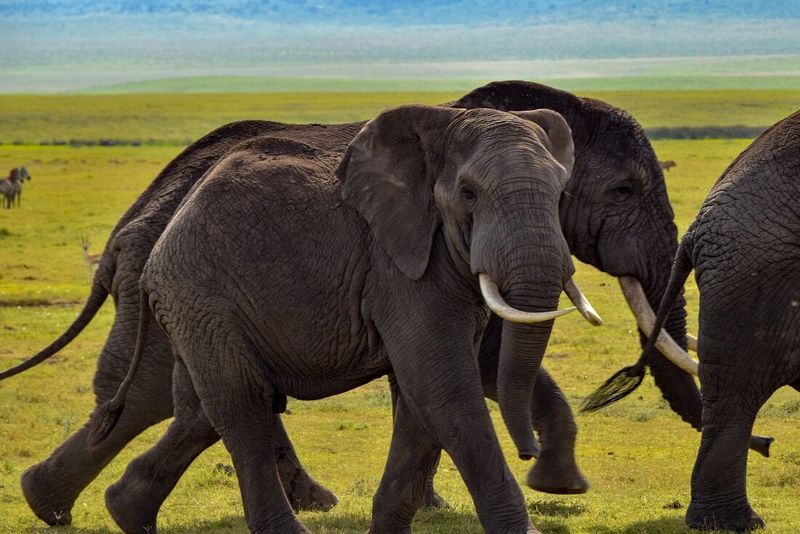
Once thought to be a myth, the Javan Elephant’s potential rediscovery hints at a living legend. Known for its intriguing history and ties to ancient Javanese culture, these elephants capture imaginations.
Though still debated, their presence would rewrite what we know of Indonesia’s fauna. Their intriguing tale encourages us to keep searching, for myths sometimes walk among us.






